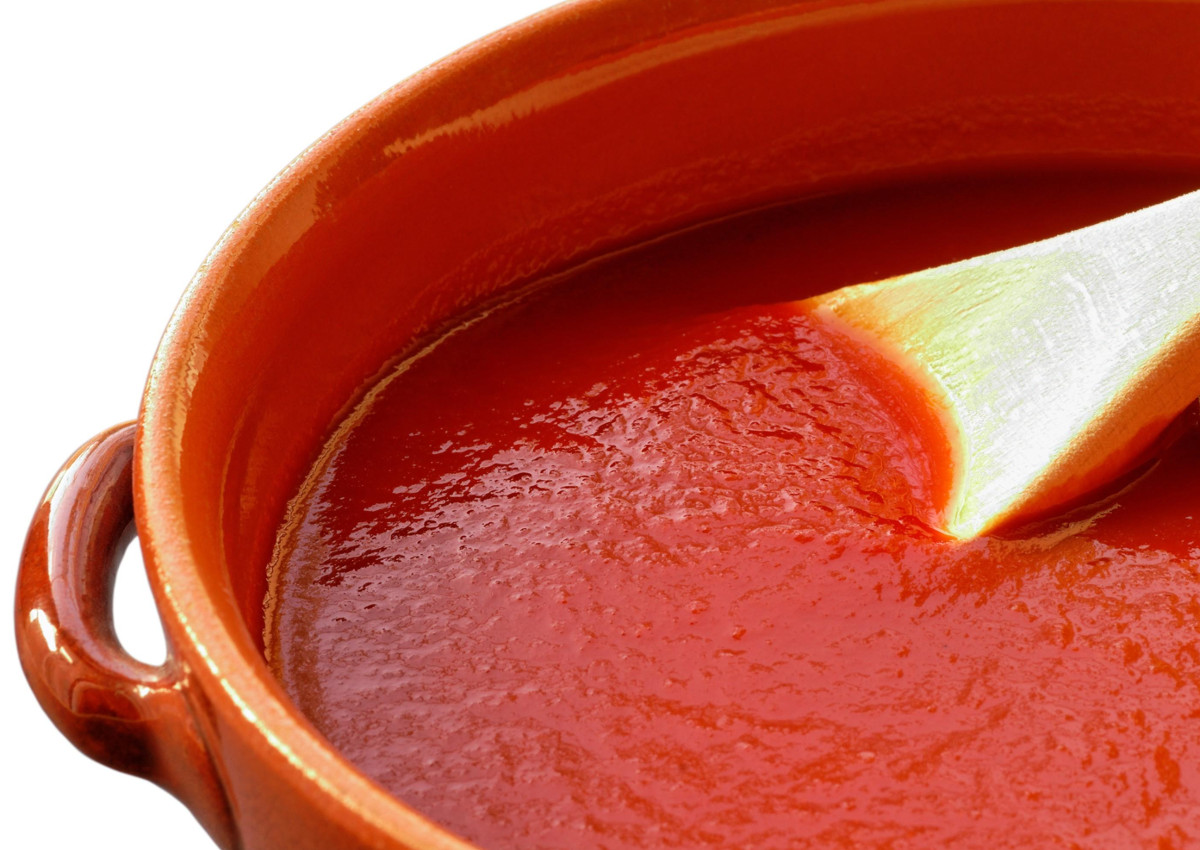It is now compulsory in Italy to indicate the origin of raw materials on the label of peeled tomatoes, pulp, preserves and other tomato products in order to avoid counterfeiting. According to Italian farmers association Coldiretti, the 120-day deadline has indeed expired for the entry into force of the governmental decree concerning products which are made up of tomatoes for at least 50%.
THE NEW LABEL IN THE DETAIL
Products that are made with Italian tomatoes will be recognizable on the shelves by the wording “Origin of tomato: Italy” on the label. The packaging of these made in Italy preserves must henceforth carry the following indications on the label:
– Name of the country where tomatoes are cultivated;
– Name of the country where tomatoes were processed.
If these phases take place in more than one country, the following terms may be used, depending on the country of origin: ‘EU countries’, ‘Non-EU countries’, ‘EU countries and Non-EU countries’. Products that do not meet the requirements of the decree, as they were placed on the market or labelled before the measure came into force, may be marketed within their conservation period.
A LONG-AWAITED MEASURE
This is an expected measure of transparency for producers and consumers. In fact, in the first five months of 2018 up to 15% more tomato derivatives than in the whole 2017 came in Italy from abroad (Coldiretti elaborations on ISTAT data). This corresponds to 86 million kilos, coming in order from the US, Spain, and China. The new regulation comes into force at a time when the tomato harvesting campaign is coming to an end in Italy. This year it should ensure a harvest of around 4.7 million tonnes. It involves about 7,000 agricultural companies, over 100 processing companies and 10,000 employees. Exports amount to 2 billion euros all over the world. Italy is the largest producer of tomato based products in the EU, even considering that this year’s overall production is expected to fall by 14%. Outside Europe, the drop in production should be less significant (-6.6%), despite the forecast of -40% in China mitigated by +14% in California.

